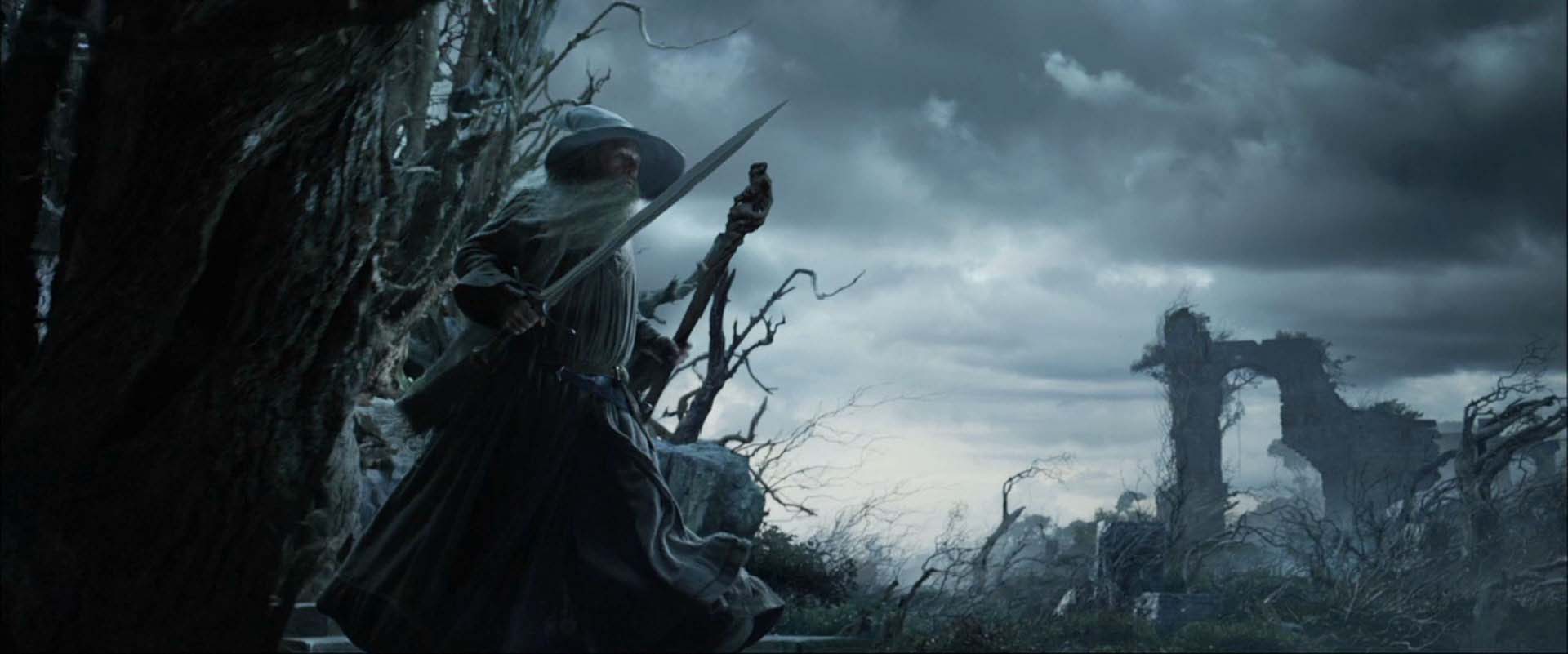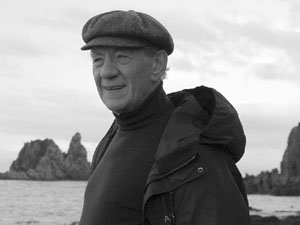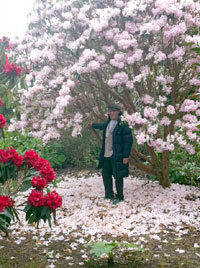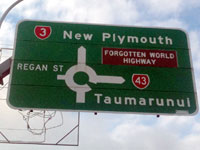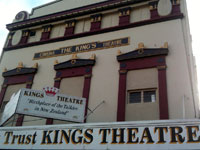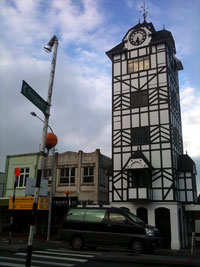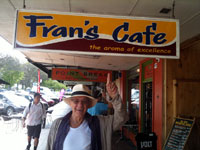29 November 2011: Moving On
THE HOBBIT is on the move for a couple of months, visiting a dozen or so locations up and down New Zealand.
Filming outdoors is at the mercy of changeable spring weather, sudden showers and variegated skies. So the daily question is "What's the forecast?" Were it to rain too hard and persistently, we would have to take shelter and just wait: but so far we are on schedule, illuminated by regular sun and the pretend sunshine of Andrew Lesnie's massive lamps, fed by off-site generators. The other day it was drizzling but we carried on filming, as the 3D cameras couldn't register the rain. A pity. Rain in a 3D movie would be outstanding, in every way.
Five hundred of us travel with the efficiency of an army or a circus on the move, each supplied by the production with transport, shelter and a bed. As tourists in New Zealand know, this is the land of homestay, with beds and breakfasts. Hotels are rare except in the cities and, of course, most of our locations are in the wilds. We travel with my own feather-filled pillow and I have no complaints. As long as the weather holds, it's a bit like being on holiday. Steve Thomson is my assistant (look for him on the films' credits.) He makes sure I'm on time and comfy. We met 11 years ago on Lord of the Rings when he was masseur for actors' aching limbs.
Steve knows much about most of New Zealand. He steers our Toyota land-cruiser Prado, north from Wellington along the west coast of the North Island, close by the majestic Taranaki volcanic peak, though tantalisingly it was only visible for a minute or two, shrouded by cloud. Maori legend says he's a mountain god in mourning for his lost love. He can be seen more clearly as the double for Mount Fuji in The Last Samurai.
Our route is along rural roads over farmland and through the bush, not at all busy, and affording wondrous views. Now, as spring settles in, lambs and calves galore chomp the growing green that reminds me of the Lake District, the national park back home in northwest England, where, so he told me, Edmund Hillary climbed for the first time after Everest. The difference is that the British countryside up hill and down dale, has been ploughed over the centuries, tamed by hedges, fences, walls. In New Zealand you can go for miles without sign of a human occupation, yet it often looks familiar, as if the props department had given a make-over to the Lakeland fells, the Welsh hills or the Scottish lowlands.
Then, round a bend in the empty road, without warning, a live volcano! And another! Then the curving, surfing coastline, thermal springs, the caves, the virgin forest! God's Own. The earthquakes. Steve and every other Kiwi I know has strong views on safe-guarding their land and regrets that forests have been felled (though never wantonly) and species died out: yet much protected wilderness remains. It's as if New Zealand, overflowing with vegetation, looked even better for a trim. From the air, the rolling fields of small farms (or stations, as they are called), are very beautiful, the result of laborious deforestation.
Thank goodness there are so few wayside advertising signs to defile the beauty. Currently, though, the views are challenged by posters of the Prime Minister's confident grin, begging votes for the imminent general election. I prefer rugby players to right-wing politicians, so have welcomed the other temporary signs: the flags, banners and bill-boards still cheering on the triumphant champions of the rugby World Cup: "Go All Blacks".
Close by Taranaki, Steve stopped, I insisted, at Stratford, a country town where there are an abundance of streets named after Shakespeare's characters, including a main thoroughfare, Regan Street. I wonder if the locals realise or care that King Lear's middle daughter was a psychopathic torturer and murderer.
In the central Prospero Place stands the mock-Tudor tower which is the country's only glockenspiel, according to the proud guide-books. It's an ugly edifice and maybe even one glockenspiel is too many. Thrice daily, mannequins of Romeo and Juiiet emerge from their prison into the daylight. But I've seen other glockenspiels and wasn't troubled that we missed the action of the one in Stratford.
Nearby, the King's Theatre, still presenting the occasional amateur stage production, is most nights a cinema, administered by a charitable trust. In the lobby are remnants of publicity for Lord of the Rings, plus a film bookshop. On Saturday evening we dropped in to meet the manager and projectionist, who were expecting "maybe a dozen" patrons to turn up in the 300-seater theatre. Unfortunately Steve and I had to move on from Stratford and so missed our second show of the day there.
Our first filming destination was Matamata, where eleven years ago Gandalf the Grey made his entrance into The Fellowship of the Ring, greeting Ian Holm's Bilbo on the doorstep of Bag End. The site has since been sign-posted as "Hobbiton", where tourists in search of Middle-earth could ponder the paltry remnants of our filming, a couple of round green doors propped against the hillside. That meant that the village had to be re-built and the gardens re-plotted for The Hobbit.
All our trucks, trailers, generators, dining tent and loos were hidden behind and below the surrounding hillocks but it was nostalgic to clamber up the path that leads to Bag End where this time Martin Freeman's Bilbo will be surprised by Gandalf. We filmed there for less than a week, this time leaving everything behind, so future visitors do not have to guess at but actually see Hobbiton in its glory. They will even be able to get a snack at the Green Dragon. Peter Jackson, who likes a laugh, suggested I take up residence as a tour guide in my blue pointy hat. I'm thinking about it.
— Ian McKellen, Paradise NZ, 29 November 2011
